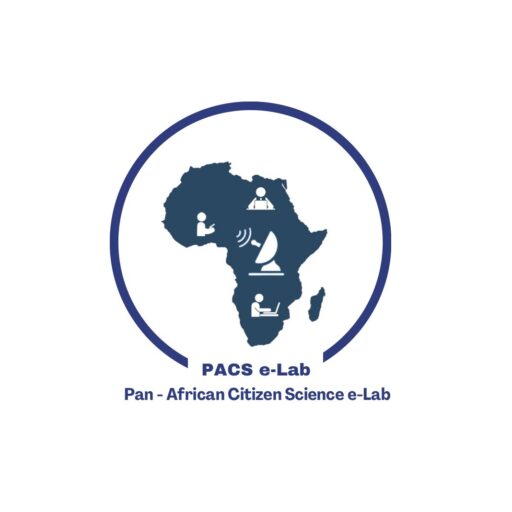Double-Star Astrometry
Astrometry is the branch of astronomy that measures the positions and apparent motions of celestial objects in the sky and the factors influencing them.
Double-star astrometry involves observing the position angles and separations of close double stars.
As part of this research project, you will use the 0.4m Las Cumbres Observatory, a network of robotic web-based telescopes, to observe a close double star listed in the Washington Double Star Catalog. You will then use software tools such as AstroImageJ or Afterglow Access to measure the position angle and separation distances between the primary and secondary stars.
You will also learn how to request historical records of the system to compare changes over time with your observations. Additionally, you will access Gaia data for the system to determine the nature of their gravitational binding.
As part of the project, you will draft a research paper to be submitted to the Journal of Double Star Observations for peer review and publication. You will also have the opportunity to present your results at conferences, either through talks or posters.
Check out our Publications page to see the papers published by our citizen scientists.
REQUIREMENTS
- Computer of any OS.
- All software is online
- Good Internet
- Gmail or Email.
- Time commitment varies. The project can be completed within a couple of weeks.
- Advanced Knowledge of Astronomy is not compulsory but an added advantage.
- Minimum of 2 persons to form a research team.
- Passion for astronomy.
Double-Star Astrometry Tutorials
The below videos were recorded in the fall of 2023 during the astronomy research collaboration between the President of the Institute for Student Astronomical Research, Dr. Rachel Freed, and the PACS e-Lab teams. The research focused on double stars. Feel free to take advantage of them to educate yourself.
We obtained permission from Dr. Rachel Freed to post these videos, and all credit goes to her.
Links:
Lesson 1
Seminar Slides
Download Stellarium
How to use Stellarium
Lesson 2
Link to Stelle Doppie
Lesson 4
How to download your images from LCO
Lesson 5
During this session, Dr. Rachel Freed discussed utilizing the After Glow Access program for measurements. Each of us used the program but obtained different results. Subsequently, we turned to AstroImageJ. To use it on your computer, ensure that JAVA is installed and keep it updated consistently.
Download JAVA for windows
Download AstroimageJ
How to take measurements with AstroimageJ
